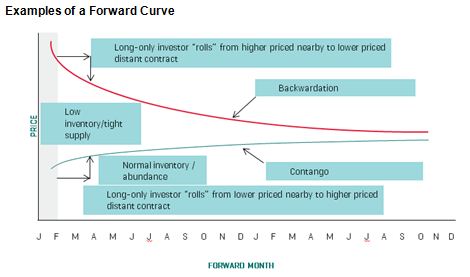The S&P 500 closed at a new all-time high this afternoon at 1675.02, up from the previous record at 1669.16 set on May 21st and the Dow Jones Industrial Average closed at 15460.92 setting a record and up from 15409.39 on May 28th.
What does a new high mean? Good copy for journalists, positive reinforcement for investors that they made the right choice and hope for yet another new high. New highs also mean that investors are getting wealthier and might help the economy with some spending. A rough guess is that at these index levels, each one point increase in the S&P 500 adds close to one billion dollars to portfolios tracking the index all around the world. It also adds roughly nine times that to other portfolios holding some index stocks but not tracking the whole list. The stock market and the S&P 500 do reflect investor sentiment and are leading indicators for the U.S. economy. Today’s closing high may have been an immediate result of comments Fed Chairman Bernanke made yesterday – they are also another sign that the economy is looking up and that the Fed’s past efforts are producing some positive results.
The posts on this blog are opinions, not advice. Please read our Disclaimers.






